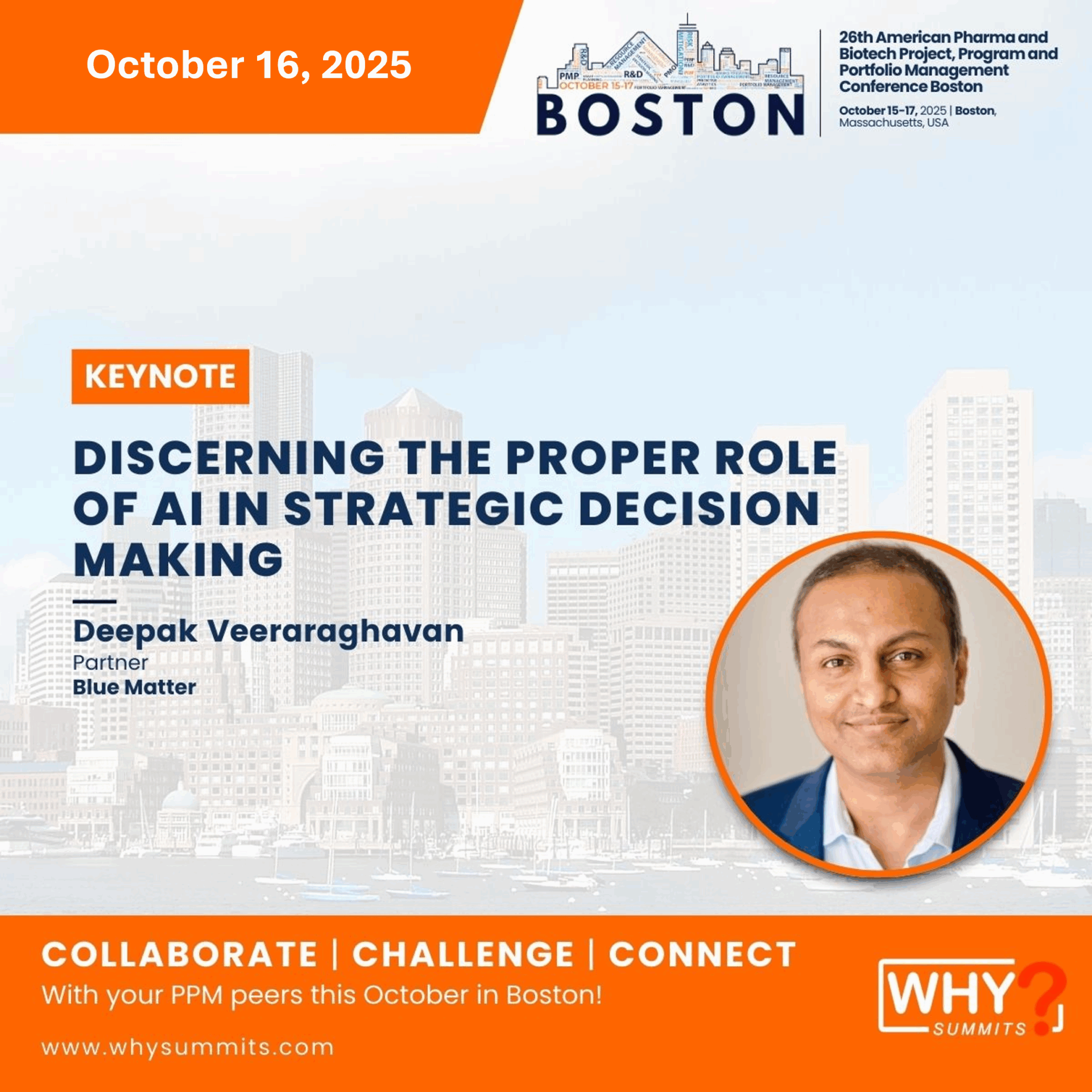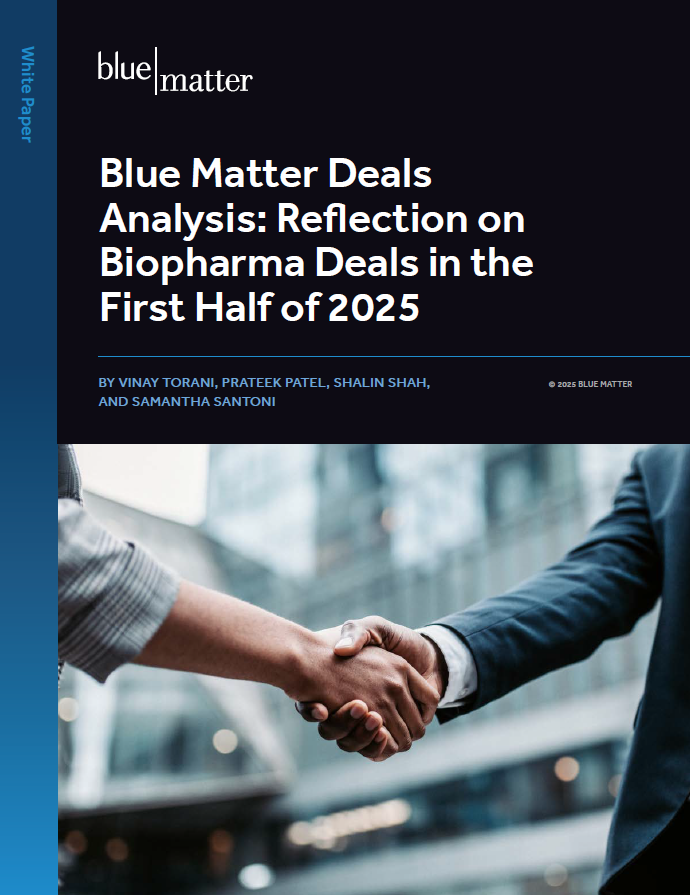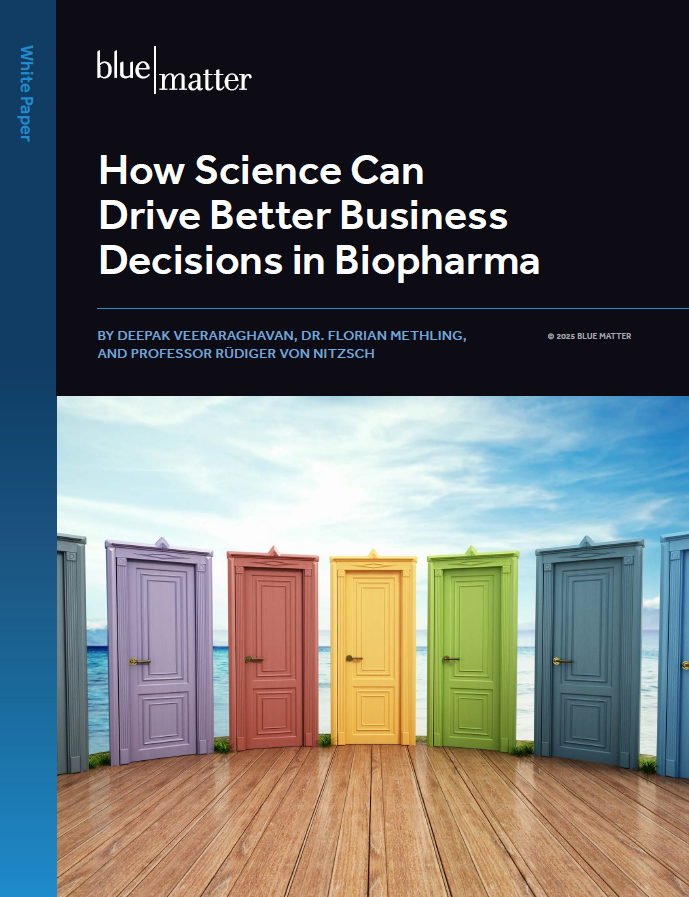
If you’ve been following along with this series of articles, you know that we’ve been sharing an ongoing story about change. While Medical Affairs’ core mission of improving patient outcomes by providing information and education to medical professionals remains constant, the function has been going through major—but positive—changes in recent years.
In previous installments, we’ve outlined the trends driving these changes. We’ve also discussed how change has manifested in a range of areas, including insight generation, evidence generation, and strategic planning. Here, we focus on another aspect of Medical Affairs’ responsibilities: communication. Let’s take a closer look at how Medical Affairs (MA) is adapting its communication tools and techniques to a shifting environment.
What Is Changing?
MA has always been responsible for crafting and communicating the scientific narrative surrounding the biopharma enterprise and its therapies. Coupled with this, it has also been responsible for coordinating scientific information exchange among key stakeholders to help facilitate better patient care. However, there are some important shifts taking place in the broader environment.
One of those shifts involves an expansion of the stakeholder groups with which MA regularly interacts. In particular, patients are emerging as a key group, and MA will need to tailor communications appropriately for them. Our next installment in this series–which will focus on stakeholder engagement–will explore that change in more detail. For now, we focus on a few key changes that relate to communication needs and the tools that help serve them.
Increased Reliance on Scientific Sources of Information
In recent years, the treatment landscape has gotten more complex across a range of therapy areas. The number of treatment options has increased, as well as the scientific complexity of those options. Think about today’s environment with a host of new immunotherapies, bispecific antibodies, cell and gene therapies, and more. They are complex by nature and require more scientific education, as well as more information on how to safely handle and use them. As a result, HCPs are increasingly turning to MA as an important resource.
Coupled with this, the sales force’s access to HCPs continues to be limited, and the COVID pandemic only exacerbated the situation. In a recent survey by Accenture, 65% of HCPs said they felt “spammed” with irrelevant information by at least one pharmaceutical company during the pandemic. In a very real sense, some manufacturers’ efforts to maintain or expand engagement with HCPs during the pandemic may have backfired. Now that HCPs are seeking more focused scientific and medical information, there is an opportunity for MA teams to provide that content, driving an ongoing rise in their importance as a key resource for HCPs.
Increased Use of Digital Communication Tools
HCPs continue to limit face-to-face interactions in general, more often preferring digital forms of communication. This shift was also happening prior to COVID, but was certainly accelerated by it.
Most often, people in the biopharma industry tend to think of this trend in relation to the sales force. However, it also affects MA. MA teams are increasingly leveraging a range of digital communication tools, such as:
- Virtual scientific conferences, or webinars
- Virtual advisory boards and KOL summits
- Social networking communities specifically for HCPs
- Online portals for sorting, prioritizing, and accessing scientific information
- Video, simulations, and other interactive means of communication
Face-to-face interaction will never go away entirely, but an increasing percentage of touchpoints will be digital, and those touchpoints will be the primary means of maintaining relationships (though perhaps not ideally suited to initiating them).
Increased Volume of Content
Much has been written about how HCPs are being constantly “bombarded” by new information. Even if one were to eliminate information that some HCPs consider to be irrelevant or “spam”, it can be very difficult to stay abreast of the latest important clinical data in any given area.
The sheer volume is making it more difficult for MA to stand out and “cut through the noise.” HCPs are looking for reliable sources of medical data, but they are also looking for resources to help them manage it, prioritize it, and get what they need without costing an inordinate amount of time and energy.
Implications for the Medical Affairs Organization
Increased Collaboration
Given that access to HCPs is more limited these days, it’s likely that communications between biopharma companies and HCPs will be more “unified.” In other words, we will see fewer instances in which MA and the sales organization use fully independent methods and channels to reach HCPs. Instead, we’ll see more coordinated communications channels and outreaches. In the next installment, we’ll take a closer look at that aspect of MA / HCP engagement.
Related to this, existing relationships will more easily shift to digital channels, but new relationships are more difficult to build via digital means. Collaboration—in a compliant manner—with other parts of the organization will be needed to help build rapport with new contacts. Clinical Development, for example, may have existing relationships that can provide insights into stakeholder needs and make digital communication efforts more meaningful.
Within the context of these changes, it’s likely that MA will play a more centralized leadership role in designing those channels and crafting the information that flows through them. This will help ensure that HCPs view the information exchange to be scientifically valuable and increase the likelihood of those channels’ long-term viability.
The “Right Balance” of Communication Channels
MA organizations will need to identify the right balance between digital and face-to-face interactions based on stakeholder preferences and information needs. Finding the right balance between online communications, on-demand data access, and face-to-face interaction can be a challenge. There can be a range of models for doing this, but some high-level options include:
- In-person first engagement where relationships are built face-to-face and then primarily maintained via digital channels.
- Remote engagement where relationships are fostered digitally but with dedicated MSLs to address stakeholder-specific needs.
- Full digital engagement where there is no MSL driving the interaction and the healthcare portal is the main source of information. MSLs can provide remote support on-demand but proactive communication would be automated.
With the increased reliance on digital channels, it’s important to note that simply building a portal or website is not enough. Biopharma companies will need to create resources that HCPs find useful and actually want to engage with on a regular basis.
Some companies have developed externally-facing scientific communications platforms focused on serving HCPs. Roche-Genentech’s Medically portal provides access to medical congresses, enables HCPs to submit proposals for investigator initiated studies, and shares a range of clinical information resources. Biogen’s Neurodiem site provides access to expert presentations, articles, conference data, and more in CNS. It also organizes resources by disease state, enabling HCPs to easily access materials for dementia, depression, epilepsy, and other indications.
These types of resources should prove valuable to HCPs, but additional refinement and evolution are always taking place. As more companies begin to develop these types of portals, it could become challenging for HCPs to keep up with them…and more difficult for a biopharma company to differentiate its portal from another, especially within a given therapeutic area. MA teams will need to be highly innovative to stand out and drive engagement.
Optimized Content that is Customized to Stakeholder Needs
Content will need to be optimized for increased delivery via digital means. The “easy way” would be to simply take existing materials and deliver them digitally to HCPs. However, that approach is destined to fail. A 30-slide PowerPoint presentation is not effective in a virtual environment. In addition, individual conversations and resources will increasingly need to focus on single topics, as opposed to a wide range of topics.
There is a limit to the amount of material a recipient can absorb and retain at any one time, and that limit is further reduced when leveraging remote digital communications. Breaking information into “bite-sized chunks” can make it easier for stakeholders to absorb and retain it. MA teams should explore leveraging this “microlearning” approach, as well as other approaches taken from the science of adult learning. MA teams should become well-versed in a range of learning concepts including spaced learning, experiential learning, and social learning to help them formulate more effective content.
MA teams should also consider that some HCPs may want to consume information offline or on-demand, with the ability to “cut” data in many different ways to get to the specific insights they need. “Omnichannel” communications has become an often-repeated buzzword in this field, but it’s for a reason: MA teams will need to deliver communications and engage using a range of integrated channels and tools to meet their stakeholders’ needs.
Properly adapting educational content to the appropriate channels and to stakeholder needs will actually require a de novo design of digital customer experiences. MA teams will need to leverage best practices from inside and outside the healthcare industry. Think of how Uber, Netflix, and Amazon transformed the customer experience in their respective industries.
Compliance Scrutiny
In the virtual environment, data may not be consumed in real-time. Users will have the ability to access data ad-hoc and share it across social media and other platforms. Related to this, information provided by HCPs online, such as comments about off-label use or safety reporting, could pose some compliance risks. This will require MA to apply additional compliance scrutiny to remove the risk of violations.
Coming Next
Clearly, MA teams are morphing their communication techniques right before our eyes, accelerated (in part) by the now waning COVID-19 pandemic. But the changes do not stop there. We’re also seeing a clear evolution in the stakeholder groups with whom MA engages. In the next—and final—installment in this series, we’ll explore stakeholder engagement, how it’s changing, and how MA teams are adapting.









